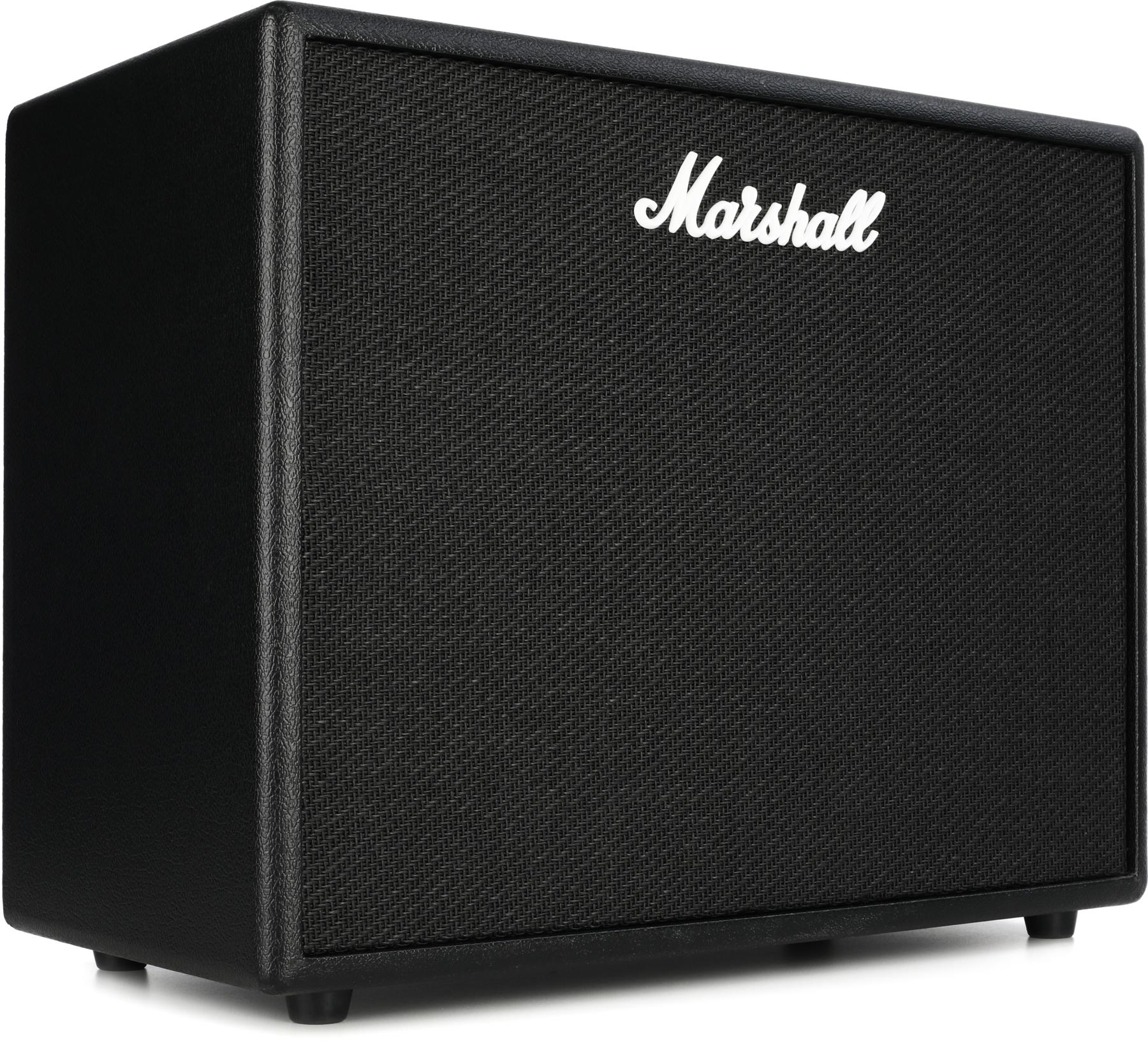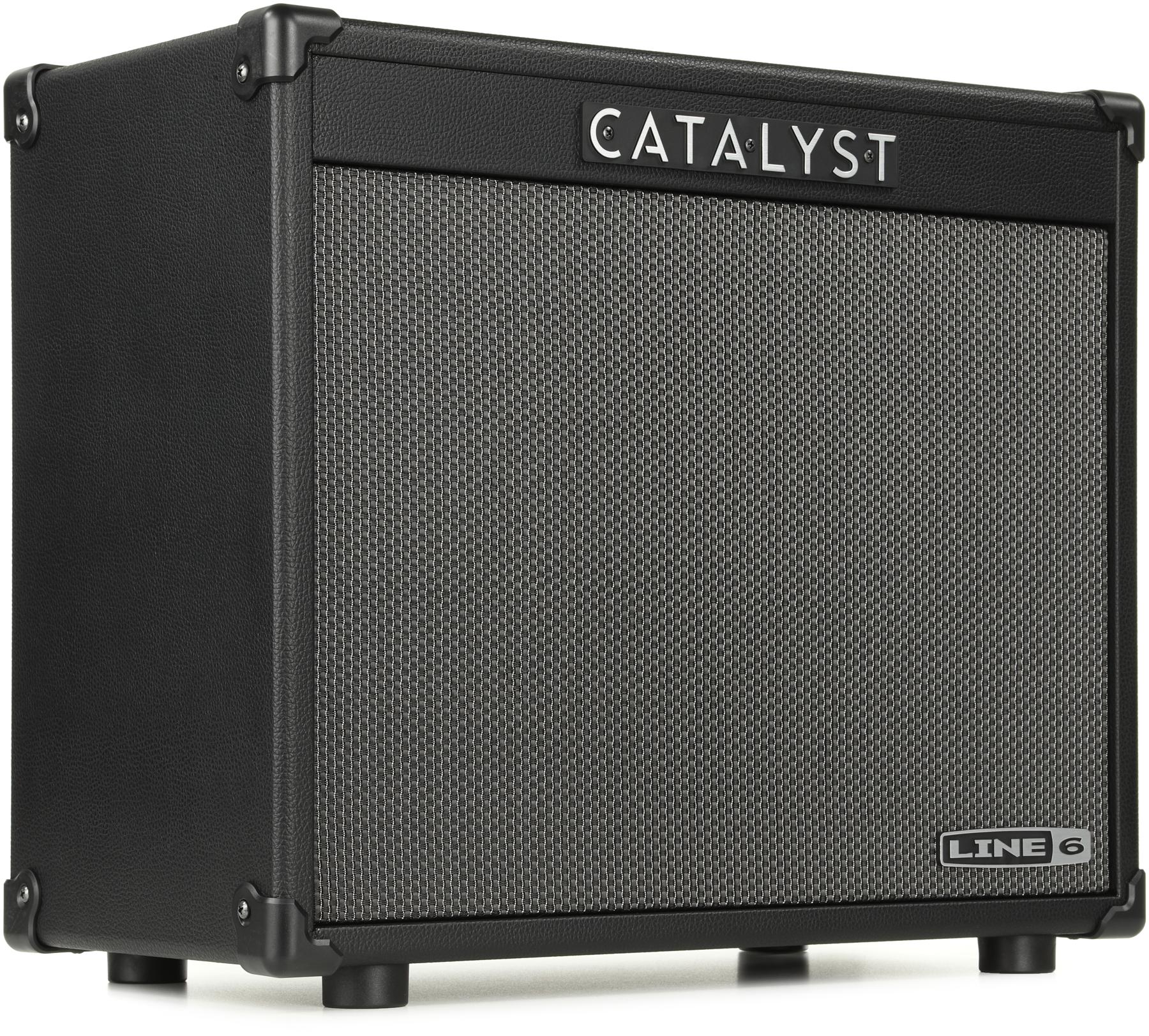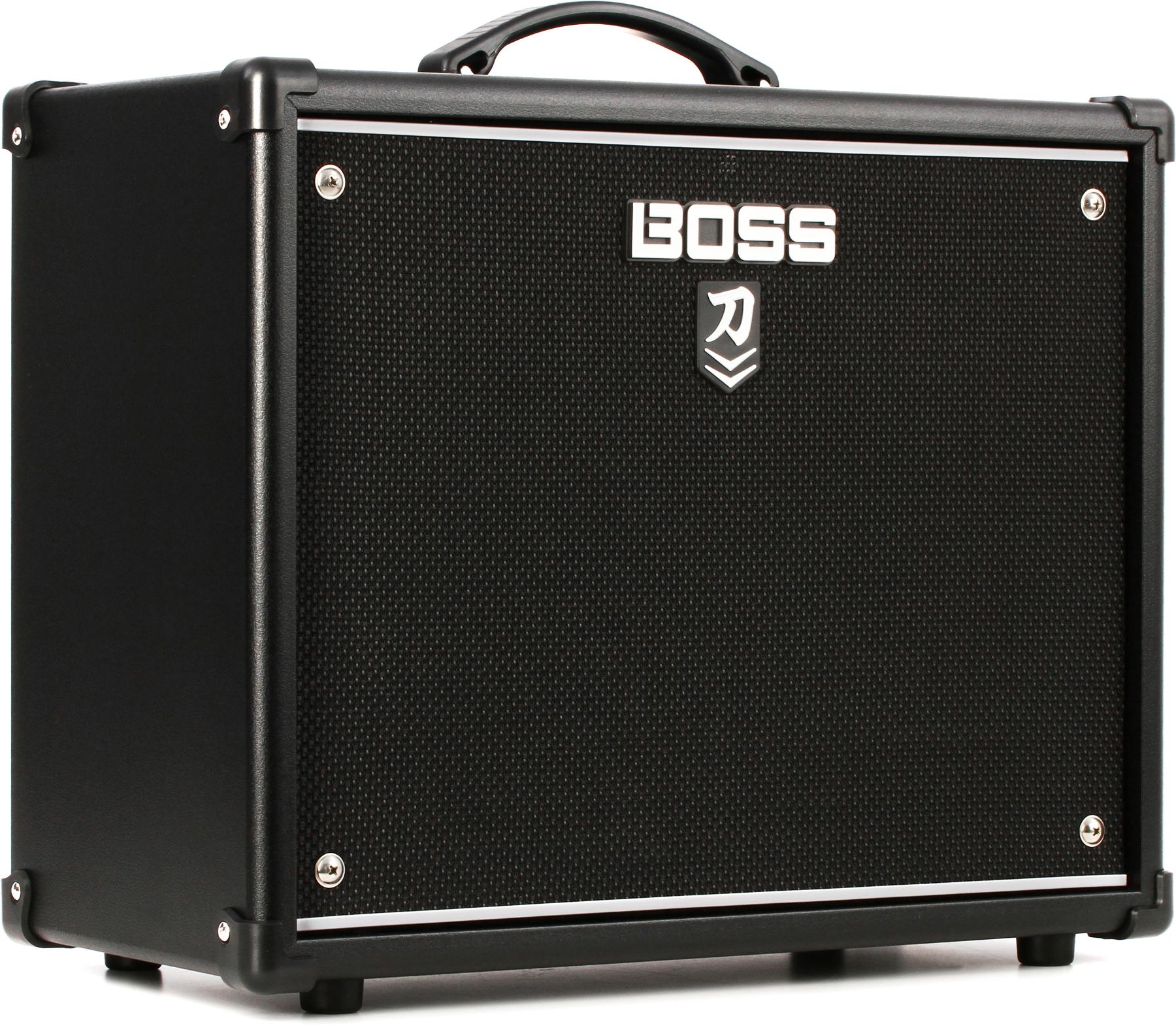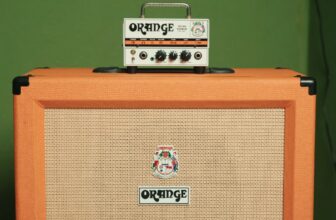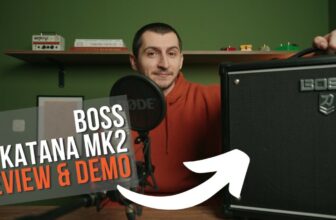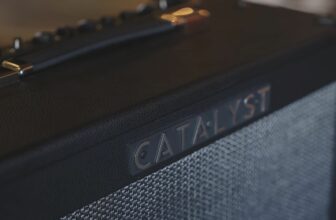Marshall CODE 50 Combo Amp Review
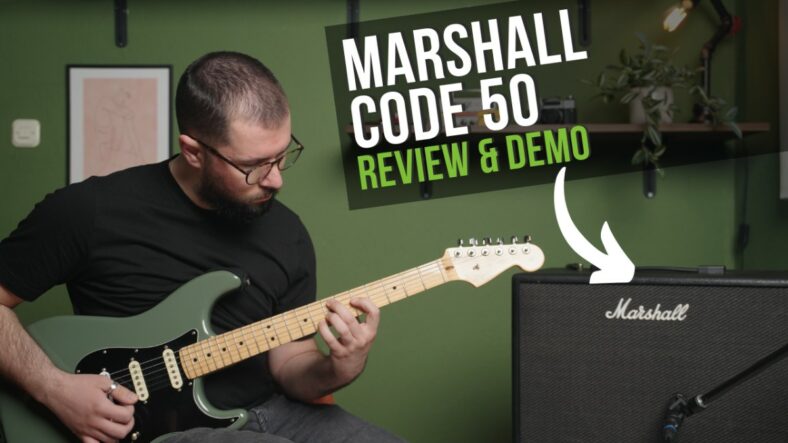
The legendary Marshall amplifiers have been a staple in the music industry for decades, and the Marshall CODE 50 aims to continue this legacy. Combining vintage sound with modern digital modeling technology, this amp is a versatile option for both beginners and experienced musicians.
In this review, I’ll share my thoughts and experiences with the Marshall CODE 50, going over the specs, controls, connectivity options, and sound, and also give you some alternative options to consider. You can also check out my detailed video review of the Marshall CODE 50 through the link below:
Contents
Marshall CODE 50 Combo Amp
Verdict
The Marshall CODE 50 is a powerful and versatile amplifier that offers great sound quality and modern features, making it an excellent choice for musicians looking for a new amp. It is attractively priced, feature-packed, and suitable for both practice and live sessions.
Pros
- Versatile with a wide array of effects and presets
- USB/Bluetooth connectivity for remote control
- Comprehensive editing controls for sound customization
- Attractive price for a feature-packed modeling amp
- Suitable for practice sessions and live performances
Cons
- The controls are overwhelming at first
- Footswitch not included
First Impressions
The Marshall CODE 50 boasts an impressive design and a wide array of effects and presets to explore. I was particularly drawn to the USB/Bluetooth connectivity, which allows you to change tones, presets, and effects using dedicated software or a mobile device.
This is a useful feature that enables sound engineers to adjust your sound off-stage during live performances. It is overwhelming at first but after some time and practice, you get used to the controls.
Controls
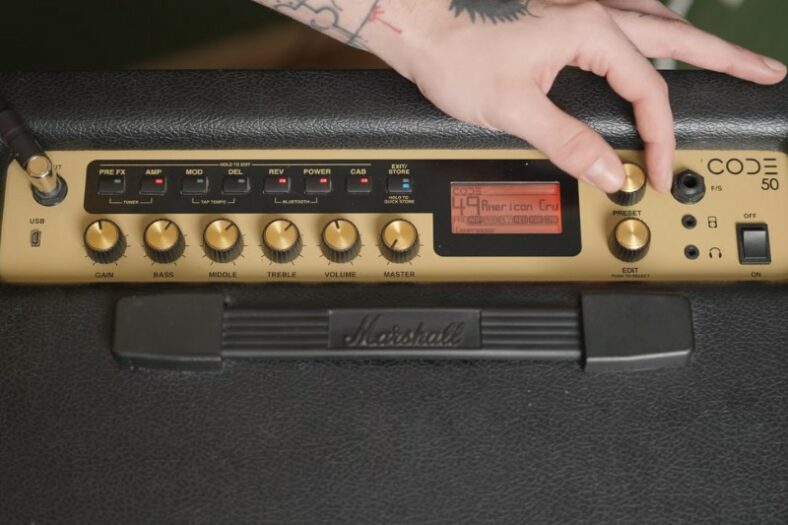
The top panel of the CODE 50 features standard EQ controls, along with a more complex editing section that includes buttons for PRE FX (overdrive, distortion, compression), AMP (14 preamp options), MOD (Chorus, Phaser, Flanger, and Tremolo), DEL (delays), REV (reverbs), POWER (4 power amp options), and CAB (8 cab emulations).
The editing section may seem overwhelming at first, but once you familiarize yourself with the controls, it becomes a powerful tool for crafting your ideal sound. You can cycle between multiple presets using the preset button, and you can adjust the parameters for the selected effect with the edit button.
Connectivity
The CODE 50 offers a range of connectivity options, including a USB Mini-B jack, a footswitch jack, an MP3 input, and a headphone jack for practice sessions. The Bluetooth connectivity feature is a unique and convenient addition to wireless control.
Sound Quality
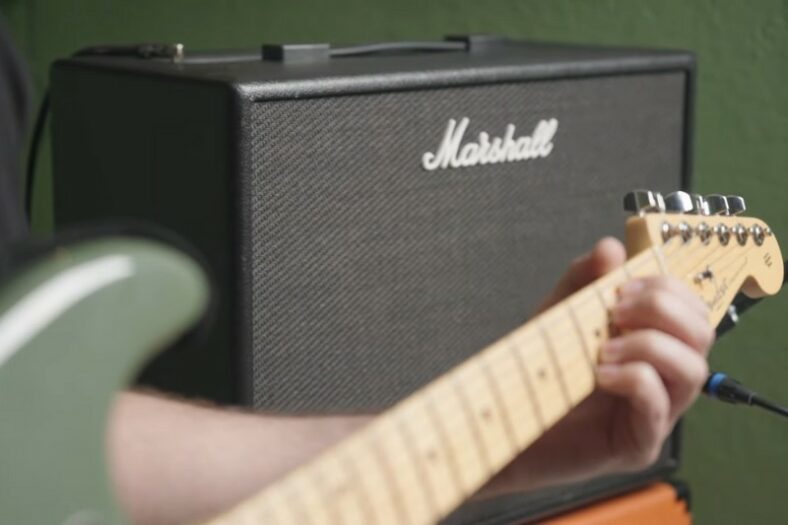
With a 1×12 speaker, the CODE 50 delivers the tone of a tube amp without the weight and cost. The amp’s sound is warm and clean, and its power is suitable for small to medium-sized gigs and practice sessions.
Marshall Getaway Software
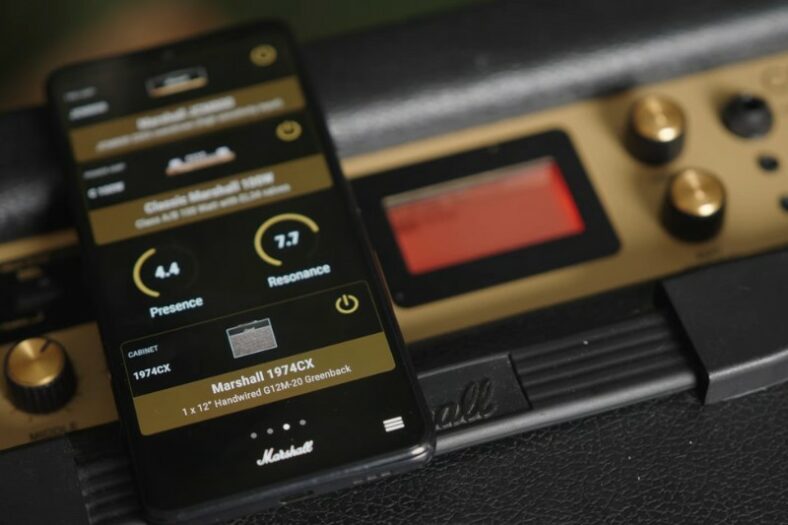
The Marshall Gateway software allows you to control the amp using your phone, making it an invaluable feature for live performances when a sound engineer needs to make adjustments from off-stage.
Price
For a very reasonable price, you get a slew of effects, presets, amp models, cab emulations, and more. Given that the Marshall CODE 50 can be used for both practice and live performances, the price-to-value ratio is exceptional!
Alternatives
If you’re looking for suitable alternatives that come close to the CODE 50, you could look into the Line 6 Catalyst 60 and the Boss Katana MKII 50. They are versatile and affordable alternatives to the CODE 50, although the Marshall amp outshines them in terms of sound-shaping capabilities.
Check out our video review of the Line 6 Catalyst 60 to learn more.
Verdict
All in all, the Marshall CODE 50 is a powerful and versatile amplifier with superb sound quality and modern features that is a great choice for musicians in the market for a new amp. It is reasonably priced, packed with features, and suitable for both practice and live sessions. Considering the Bluetooth connectivity, rugged build quality, and overall tonal quality, this is an amp worth considering.


